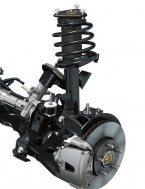
Automobile Suspension Design 101 (Part II)
In Part I of this article, I provide a general review and some background knowledge of the automobile suspension system. There are four types of suspension geometry. In this article we will briefly analyze the first type: trailing arm.
A trailing arm system is using a solid arm, which connect one end to two locations of the car chassis (so it can only “swing” in a 2-dimensional plane); and the other end is connected to the wheel hub, with the wheel hub fully fixed to the arm.
Because the arm connected to 2 locations of the car frame, this imposes 2 restrictions; plus the fixed wheel hub means the 3 rotational degree of freedoms are fixed too, therefore the whole system’s degree of freedom equals 6 – 2 – 3 = 1.
This type of suspension is the most original one in the automobile history, and was widely used 20 years earlier, even most pre-1990s Porsche sports car (up to the Porsche 964) are using this type of the suspension for rear wheels. One famous usage of this type of suspension is the Citroen 2CV, the below image shows its front and rear trailing arm suspension system.
The Citroen 2CV leans significantly when cornering, pay attention to the wheel’s camber angle.
The advantage of the trailing arm suspension is its extremely simple design and low cost. But the disadvantage is obvious: when the wheel moves up and down (because of uneven road surfaces), its caster angle changes too, this is an unwanted property for handling enhancements. Also the car wheel’s camber angle along with the suspension movements cannot be optimized too, so starting from the 1990s, most auto maker are making changes to it, and invented many variants.
The original trailing arm suspension only has one single arm (shown as “Original” in the above chart), but its variants are not. All trailing arm suspension variants have one similar approach: release several restrictions in the original single arm (for example, the wheel hub is not fully fixed to the arm), transfer the released restrictions to additional control arms. By adding more control arms, the car suspension system will have more
Take the BMW E36 3-series as example, for the original trailing arm it removes one connection to the car frame, which released 2 restrictions (one translational motion, one rotational motion), therefore it introduces two additional horizontal control arms to regain the 2 restrictions (shown as “BMW E36” in the above chart).
We can even play some games on the wheel hub. For example, in the original trialing arm system, the wheel hub is fully fixed. Based on the variant mentioned above, we can further release one restriction on the wheel hub, but only connect it to the trailing arm on 2 points; then we introduce the third horizontal control arm which connects the wheel hub to the car frame. So this system contains 3 horizontal arms, 1 trailing arm. Currently this is one of the most popular multi-link suspensions; you can find it on many famous car models, for example the Lexus RX CUV’s rear suspension (see the “Lexus RX” section in the above chart).
Note: On Lexus official website, Toyota says the RX is using the double wishbone suspension, this does not contradict with our analysis. Because there is no strict definition of what is a “double wishbone” suspension. Names of suspension are usually vague, so please do not judge a suspension only by how an auto maker would call it. You need to look at its geometry structure to understand its underlying principles.
In part III, we will take a look at the double wishbone type suspension.
Index:
Automobile Suspension Design 101 (Part I): What Is A Suspension?
Automobile Suspension Design 101 (Part II): Trailing Arm Suspension
Automobile Suspension Design 101 (Part III): Double Wishbone Suspension
Automobile Suspension Design 101 (Part IV): MacPherson Strut Suspension
Automobile Suspension Design 101 (Part V): H-Arm Suspension
Feel free to leave a question or share an opinion in the comment box below.
YouWheel.com is dedicated to bringing you the best automobile news, reviews,tips, test drives & technical talk, throughout the auto industry. Visit our Member Center & Blogs at http://youwheel.com/welcome/ Sign up and become a Free YouWheel.com Member today!


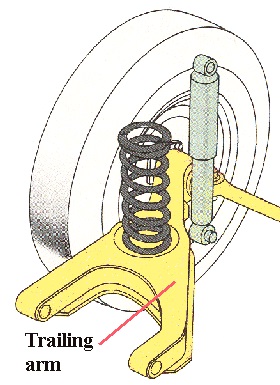
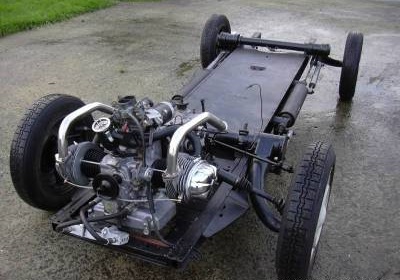
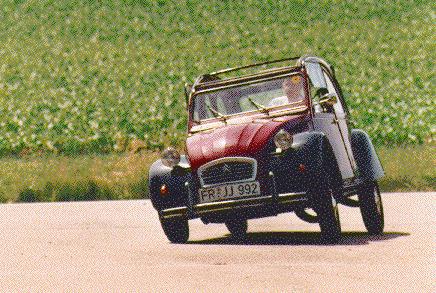
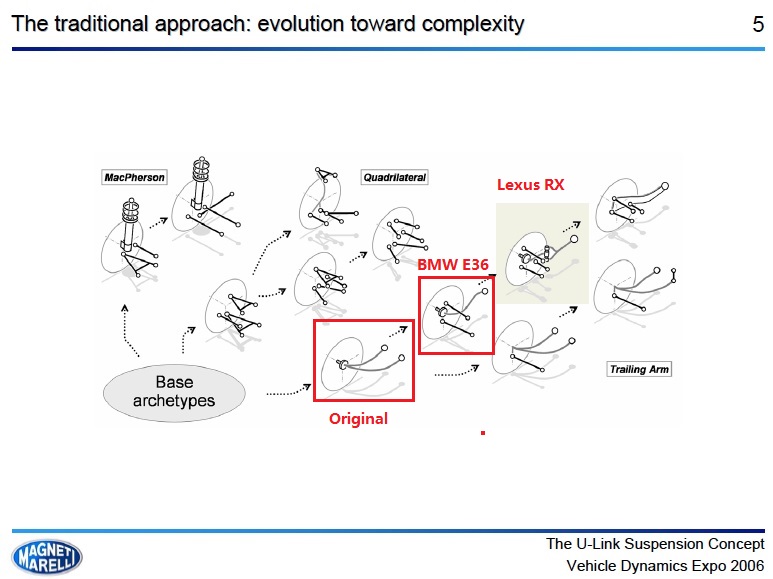

Recent Comments